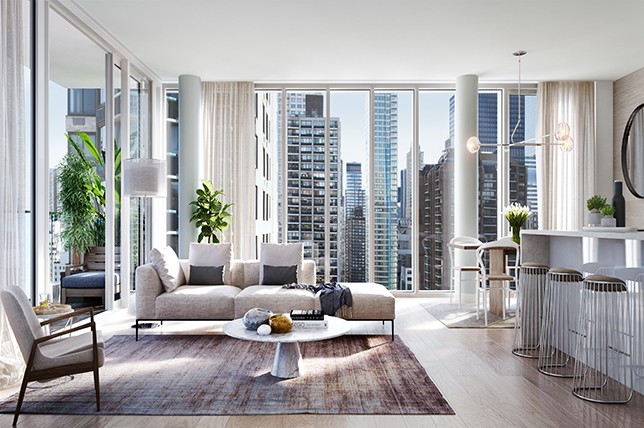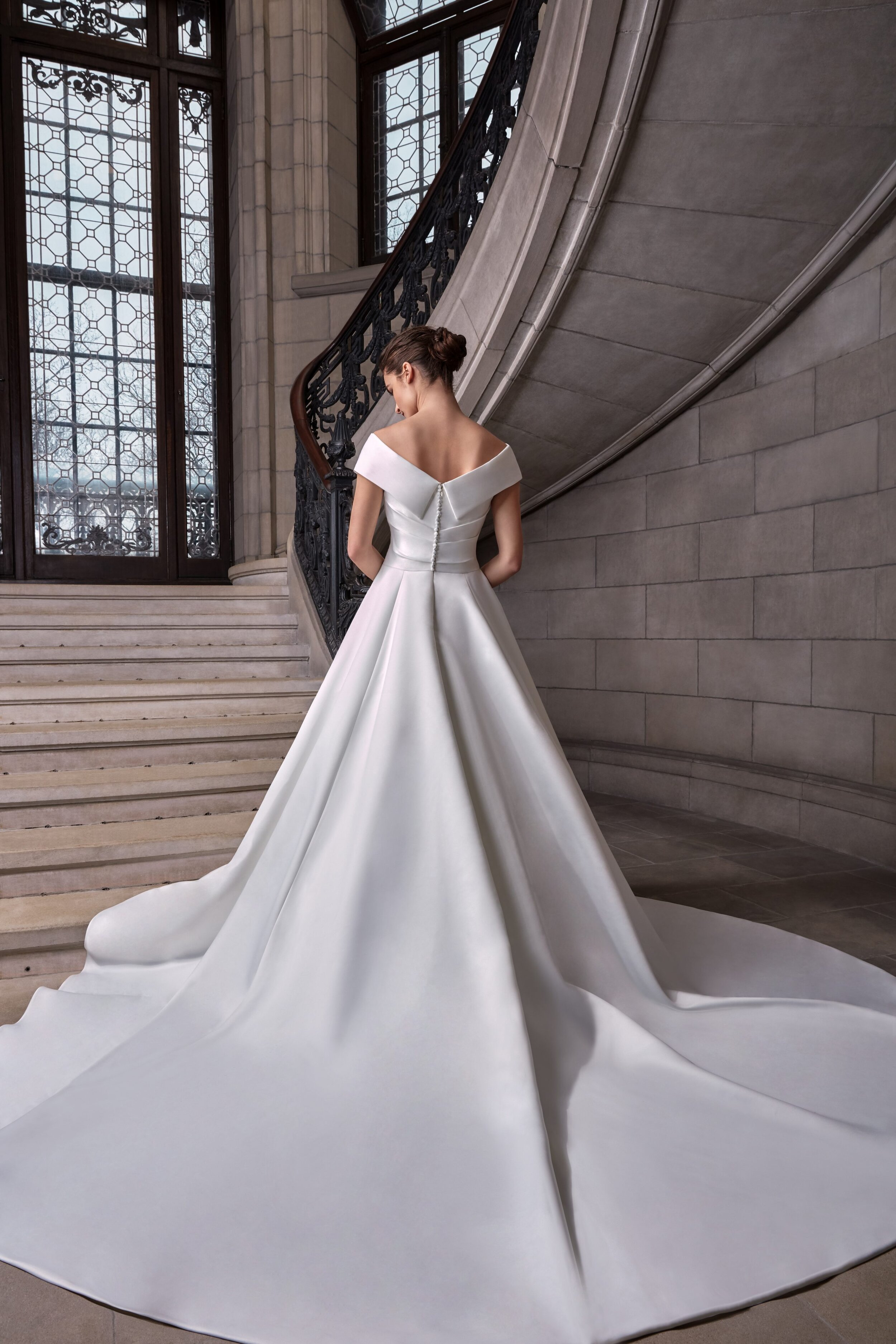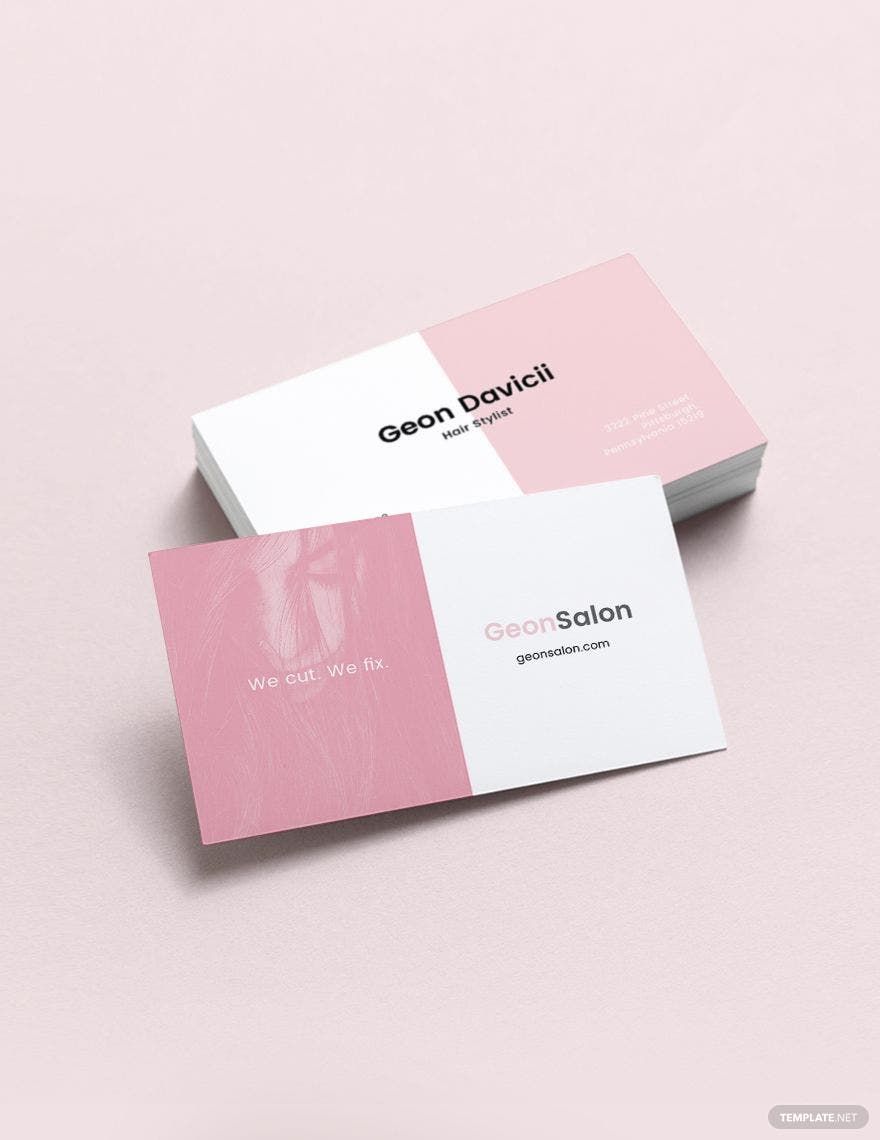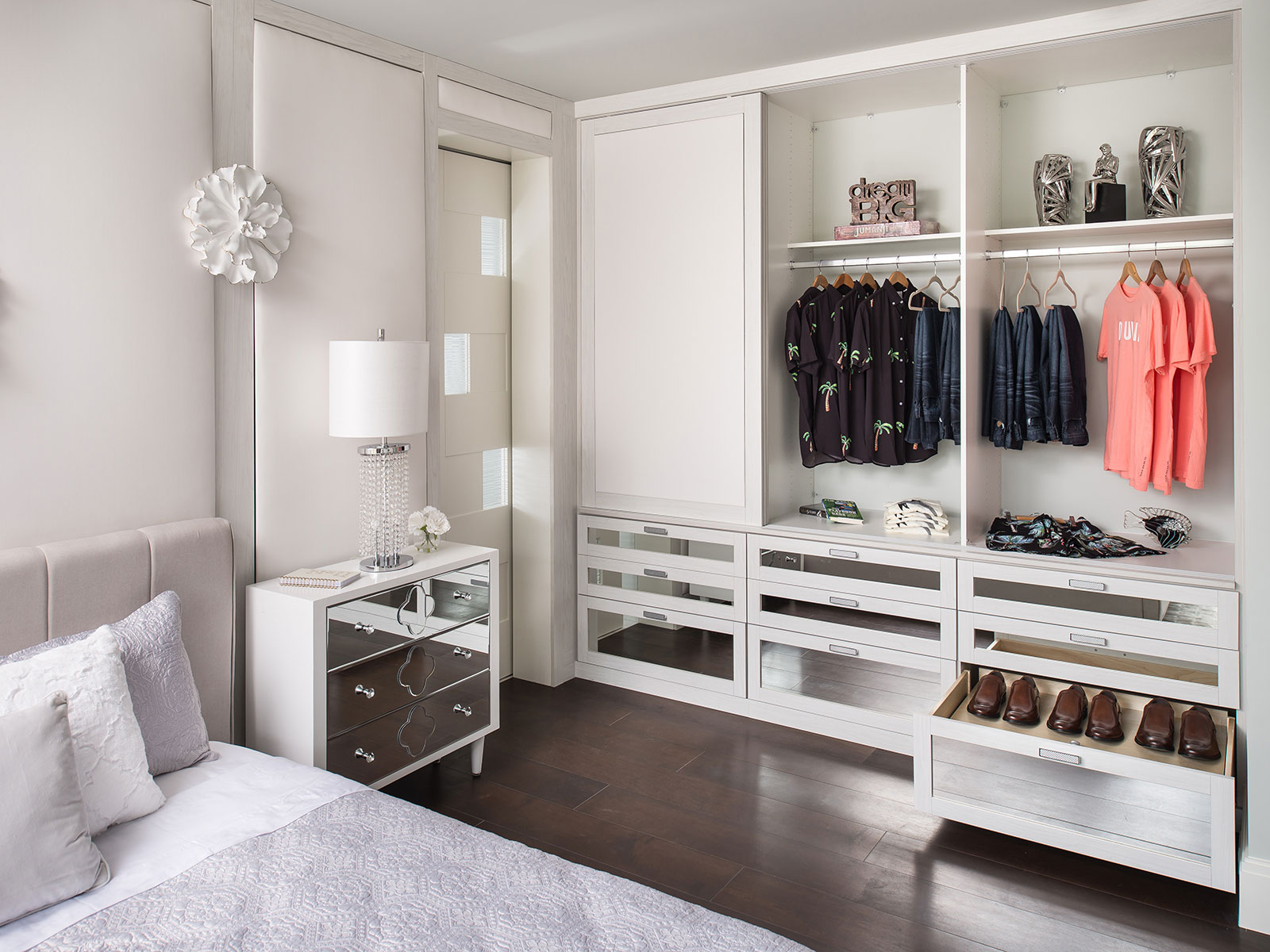Table Of Content

And although this may be an accurate way to describe our contemporary understanding of minimalist house design, there is much more to it than just this. Minimalist interior design is characterized by simplicity, functionality, and the use of clean lines. The design style emphasizes the use of neutral colors, such as white, black, and gray, and natural materials such as wood, stone, and metal. In conclusion, minimalist design is all about simplicity, functionality, and purpose. It is a design style that emphasizes the use of natural materials, neutral color palettes, and clean lines.
Inside a Minimalist California Home That's Pared to Perfection
Here are four visual appeals of the contemporary minimalist design aesthetic. Over the years, the modern minimalist design style has seen some subtle shifts, incorporating influences from different cultures and evolving technologies. Today’s minimalism is both a design choice and a lifestyle statement that is focused on creating spaces that are efficient, calming, and aesthetically pleasing. Interiors are uncompromisingly spare with no traces of clutter and limited, purposeful objects.
The Key Principles of Japandi Style
Is maximalism more on trend than minimalism? - Homes & Gardens
Is maximalism more on trend than minimalism? .
Posted: Tue, 07 Nov 2023 08:00:00 GMT [source]
Flat-panel base cabinets conceal media, games, and toys and keep the room tidy. An elongated reclaimed-wood mantel and painted floating shelves provide a low-key alternative to built-ins. Display framed artwork and groups of mementos for a fresh and functional feature wall. Shiplap paneling painted pale gray runs the length of this minimalist kitchen.
Simple Shelving
In summary, minimalist fashion is all about simplicity, functionality, and quality. It is a design style that is perfect for those who want to look stylish without being too flashy or extravagant. By focusing on neutral colors, high-quality fabrics, and versatile pieces, you can create a wardrobe that is both timeless and practical. While a spare space can sometimes be cold, Japandi style gets around that with light and soft textures. "Utilizing natural light, soft textiles in muted tones, and an overall neutral color palette, our goal is to create an inviting atmosphere that strikes a perfect balance between minimalism and comfort," says Vergara.
The limited color palette and simplicity ensure that each element you feature in your home complements the other, creating a visually cohesive space. Another primary component of minimalist interior design style is the use of natural elements. This is because the founding philosophies of Zen speak highly about a collaboration between man and nature. Minimalist interior design is a timeless design style that can help you create a beautiful and elegant space. Whether you’re looking to create a minimalist home or simply incorporate minimalist elements into your existing space, this design style is sure to inspire. Mid-century modern design has had a significant influence on minimalist interior design, with many minimalist homes featuring mid-century modern-inspired furniture and decor.
They can be featured throughout your home, including your living rooms, bedrooms, and even kitchens. Function, after all, separates something that’s purely visual from something liveable — minimalist living can cut through the clutter and bring purpose to our everyday space. It doesn’t necessarily work against society’s timeless, tireless drive to create new things, but instead clarifies the beauty that was already there. Minimalism is often diluted with other contemporary styles, and some interiors masquerade as minimalist even when they’re just, well, plain boring.

This will allow you the freedom to experiment without taking much risk as you can easily play with and switch out smaller items from time to time for a quick room refresh. To embrace minimalist design, avoid the challenges of having so little to work with by buying quality over quantity and invest in classics that are both eye-catching and certain to keep their appeal for the long haul. The rule being that if an item doesn’t have a dedicated space for it then it must be deemed unnecessary. Minimalism is all about feeling light and bright and having plenty of space to breathe. If you're not willing to pare down your furniture or abstract artwork, incorporate more light into the space.
WHAT DO PEOPLE GET WRONG ABOUT MINIMALIST DESIGN?
On that note, we bring to you some ideas using which you can customise this style to your space, and also make informed decisions regarding colours, furniture, decor and organisation. It may also include furniture such as a coffee table, built-in storage such as bookshelves, rugs, minimal decor, simple wall art, and plants. Start with the essentials and build from there to determine what level of minimalism is right for your space. What's more down-to-earth than a coffee table that's literally on the floor? Design firm Hecker Guthrie mixed in warm leathers, natural wooden stools, and a barely there bookcase for an unconventional yet understated approach in this minimalist living room. Ditch your coffee table's base and put that slab straight on the ground.
What should be in a minimalist living room?
"The biggest challenge is to make a space look warm and welcoming," says Blaustein. "Minimalism allows something other than the space to be the focus. For example, the people in the space or the view from the window might be more important than the room’s decoration," says Robert Brown of Robert Brown Interior Design. Didn’t we say that the minimalist design aesthetic wasn’t without style? Accent walls are incredibly popular in the design world, and they can be created easily with our primed MDF panel moulding. Consider creating focal points in the living room and dining room where you entertain guests. You can use accent lighting and clean lines to surround a piece of wall art, or your shelves full of décor items, or even DIY objects you built.
Minimalism is not just about decluttering and simplifying your life, but also about being mindful of your impact on the environment. One way to achieve this is by adopting a more sustainable and frugal lifestyle. These materials are often left in their natural state to showcase their beauty and simplicity. Emily Estep is a plant biologist and journalist who has worked for a variety of online news and media outlets, writing about and editing topics including environmental science and houseplants. In recent years, the house was redecorated for an installation that featured furnishings and personal belongings of the late research physician Edith Farnsworth, its original client.
As for Brown, he explains that his biggest challenge is knowing when to stop designing or adding to the space. "If the space functions well, is simple in its composition without being overly stimulating, you know that you are finished," he says. It's impossible to deny the serenity and simple beauty when confronted with a resolved minimalist interior. Furthermore, you also use tatami mats, jute fabrics, and straw carpeting to further incorporate the use of natural elements in your surroundings. However, you can’t live with just a bed, a stove, a fridge, and a wardrobe.
Solid wood, leather, and metal are all excellent materials to consider. Avoid furniture with intricate details or ornate carvings, as these can detract from the minimalist aesthetic. Organic textiles are also sustainable and eco-friendly, making them a great choice for minimalist design. Finally, add some neutral colors like white, gray, and beige to balance out the color scheme.












